
Fleas are tiny insects that bite, cause itching and irritation, transmit diseases, and aren't wanted guests for any dog. Despite these lack luster qualities, fleas readily make themselves at home on dogs and the dog owners are the ones that have to clean up after the flea leaves a trail of destruction. Where there is flea dirt, there are (or were) fleas, and you'll want to get rid of them both.
Flea dirt is what live fleas leave behind wherever they go. It can be found on your dog, their beds, in your carpet, on your furniture, and anywhere else your dog may spend time. This is because when a flea bites an animal and feeds on their blood, they digest that blood and produce, well, poop. This poop that a flea produces is commonly referred to as flea dirt. Flea dirt looks like tiny, dried, dark dirt and it is often mistaken as dirt or soil from the ground but when it gets wet, it will turn red. This is an identifying factor of flea dirt since it is digested blood. Dirt from the ground is typically black, unless it is from red clay soil.
While the fleas themselves are typically a larger concern that needs to be addressed with a flea collar or other flea product, the dirt they leave behind can also be dangerous. Flea dirt can contain bacteria called rickettsia and this bacteria can cause an infection in people called flea-borne typhus if it gets into a wound. According to the Centers for Disease Control and Prevention, flea-borne typhus, while rare in the United States, can cause a fever and chills, body aches and muscle pain, a loss of appetite, nausea, vomiting, stomach pain, coughing, and a rash. More severe illness can occur but is more rare.
Flea dirt can also carry bartonella, another type of bacteria that can infect people just like rickettsia. Bartonella can cause cat scratch disease if it gets into a wound and results in a low-grade fever, enlarged lymph nodes, and a pustule where the organism entered the body. More serious symptoms can also occur.
Despite the potential for serious illnesses though, flea dirt is not usually harmful to the average person. Unless the individual has open wounds that the flea dirt gets into or is scratched by a cat or dog with flea dirt on their claws, flea dirt is usually just a gross reminder of the insects it came from.
If you find flea dirt in your home or on your pet, the best things you can do to get rid of the flea dirt is to give your dog a thorough bath and get rid of the fleas. Any pet-safe shampoo will suffice for the bath since flea dirt does not need to be killed, just removed. Shampoo, water, and a brush to help loosen any clumps of fur holding in flea dirt are all you will need. To get rid of the fleas though, veterinarian-recommended insecticidal products for killing fleas are needed alongside treatments for your home.
To rid your home of flea dirt, you'll want to vacuum and wash everything that your dog may have spent time on. This means vacuuming and washing all floors, furniture, dog beds, pillows, and blankets. Detergents and surface disinfectants should be used as you normally would to clean these items.
The best way to prevent flea dirt is to prevent your dog from getting fleas. In order to prevent fleas, veterinarian-approved flea control products should be used as recommended. These products can include collars, pills, and topical treatments and often require reapplication monthly or every three months. All dogs, cats, and ferrets in a household should receive these flea control products on a regular basis if they, or another furry family member they interact with, ever go outside. Even if a dog is the only pet in a home that goes outside, they may carry in fleas that will jump onto an indoor-only cat or ferret that isn't treated with a flea control product.
In addition to regularly using flea control products, keep wildlife like mice and opossums out of your home and avoid feeding and petting stray animals. This will discourage them from hanging around your home and giving fleas a chance to find your pet.
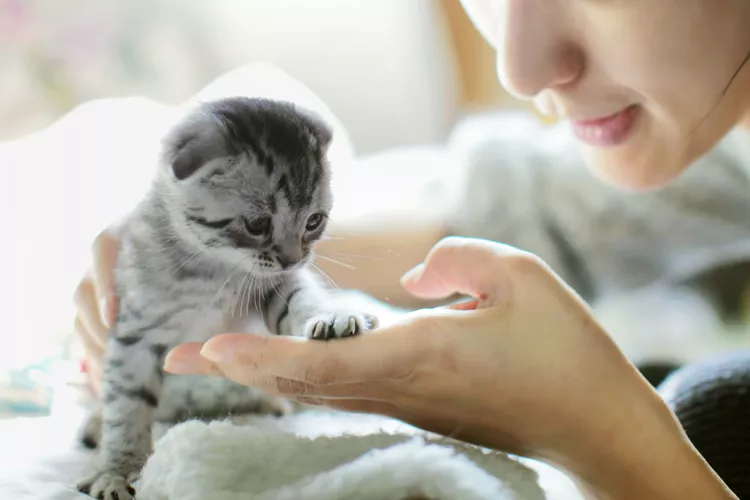
The First 30 Days With Your New Kitten
The first month is full of changes and excitement for a kitten in a new home. Find out what to expect and what you can do for your new feline friend.
How Old Is Your Cat in Human Years?
As a cat ages, there are often behavioral and physical changes too. Find out how to convert cat years to human years and what to expect at each stage.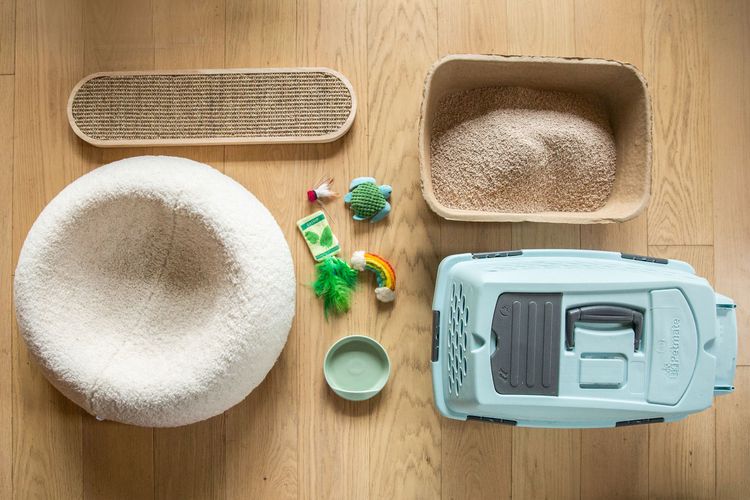
What to Buy for Your New Cat: A List of Essentials
Before you bring your new cat or kitten home, there are a number of things to collect or buy so your cat will feel welcomed like a family member.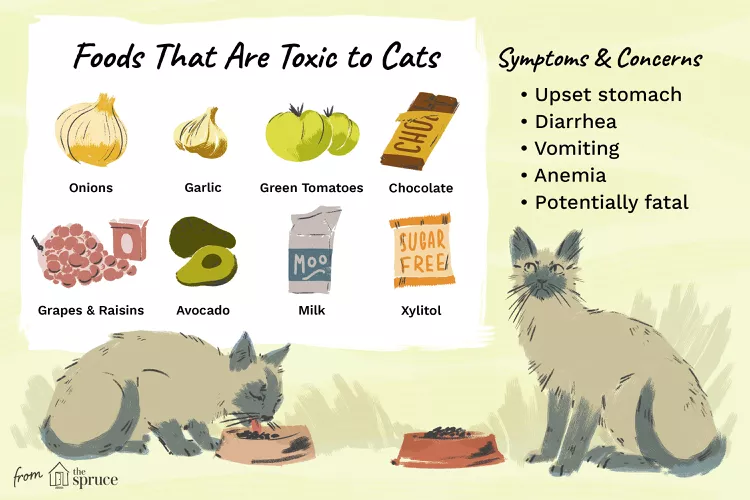
Human Foods That Are Poisonous to Cats
Many human foods are toxic to cats. Avoid feeding cats table scraps. Instead, feed a nutritious cat food created for their specific nutritional needs.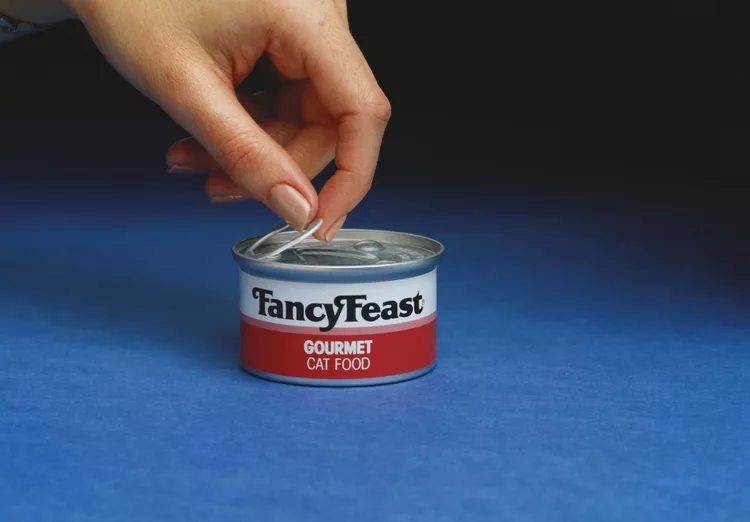
Cat Food Ingredients to Avoid
When checking the nutrition content of cat food, look for ingredients that are not healthy or show it is of poor quality. Avoid these 3 ingredients.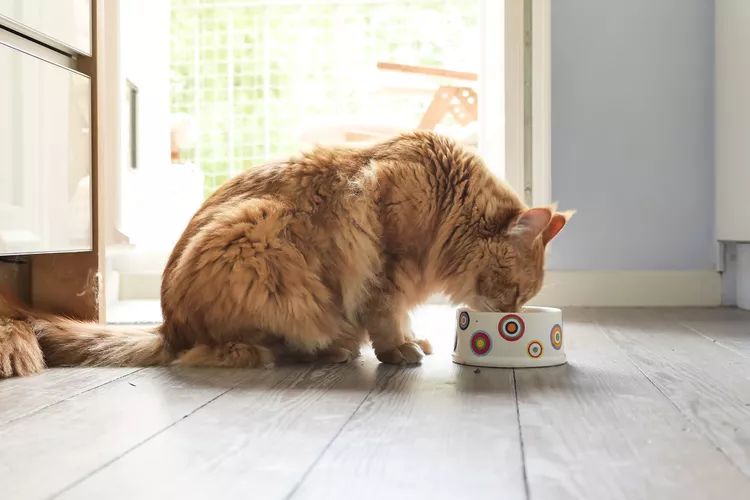
Should You Feed Your Cat a Raw Diet?
Learn the pros and cons of raw diets for cats, and find out how to choose a raw food diet for your own cat.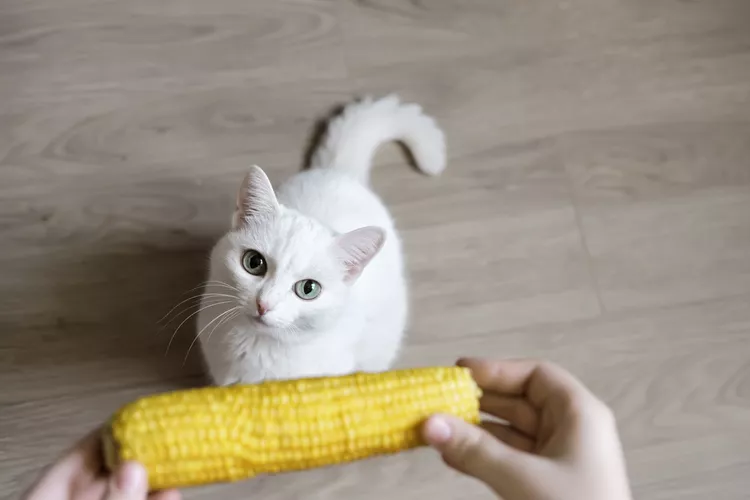
Can Cats Eat Corn? Here's What A Vet Thinks
Corn is a common ingredient in cat food and can be a safe treat for cats when fed in moderation. Find out more about how to safely feed corn to your cat.
10 Obscure, Little-known Canine Facts in Honor of National Dog Day
With National Dog Day upon us, it's time to celebrate everything about our favorite pets—even the weirder stuff. Here are 10 obscure facts about dogs you probably didn't know.
The Different Types of Pet-Friendly Workplaces
Discover the different types of pet-friendly workplaces and the benefits they offer employees. Learn how to create a pet-friendly workplace and the best practices for pet owners.
Exploring the Different Types of Pet-Friendly Beaches
Are you looking for pet-friendly beaches? Learn about the different types of pet-friendly beaches, their locations, and tips for visiting them with your pet.
Why Is My Dog Lethargic?
Lethargy can be a sign that something is wrong with your dog. Find out what may be causing this lack of energy and what you should do about it.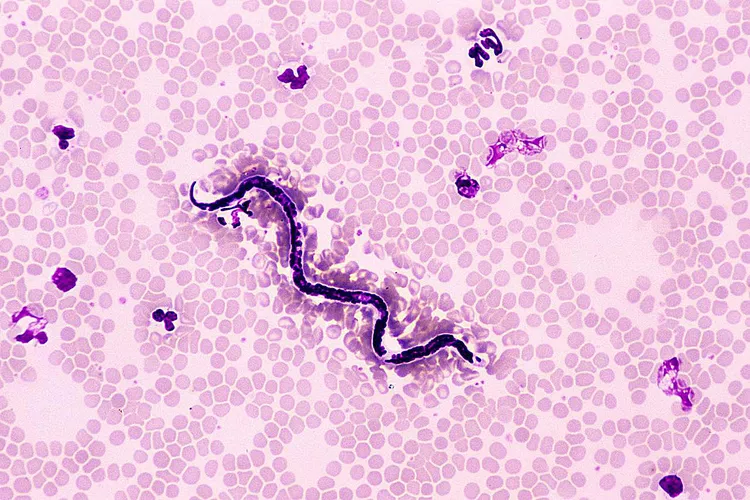
Medications to Prevent Heartworm Disease for Dogs
Heartworm disease is a serious risk for all dogs exposed to mosquitos. Find out about the products used to prevent Heartworm disease in dogs.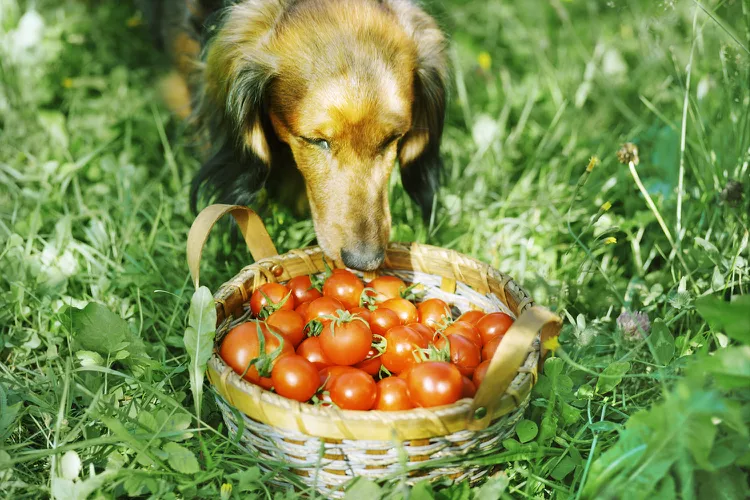
Can My Dog Eat Tomatoes?
You'll want to keep Fido out of your garden since the tomato plant is toxic, but you can safely offer him ripe tomatoes as a nutrient-packed treat.
15 Best American Cat Breeds
Several cat breeds, including the American shorthair and Bengal, have their origins in the United States. Learn more about these American cat breeds.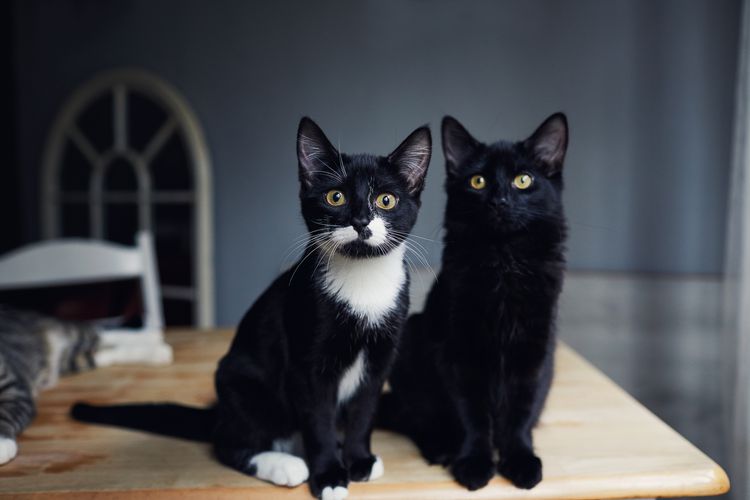
Why Do Cats Slap Each Other?
Cats can have some quirky behaviors—one of them being slapping each other. Why do they do this and what can you do to stop it?
Skye Terrier: Dog Breed Characteristics & Care
Learn all about the Skye Terrier, an elegant breed known for its friendly and even-tempered personality with classic terrier traits.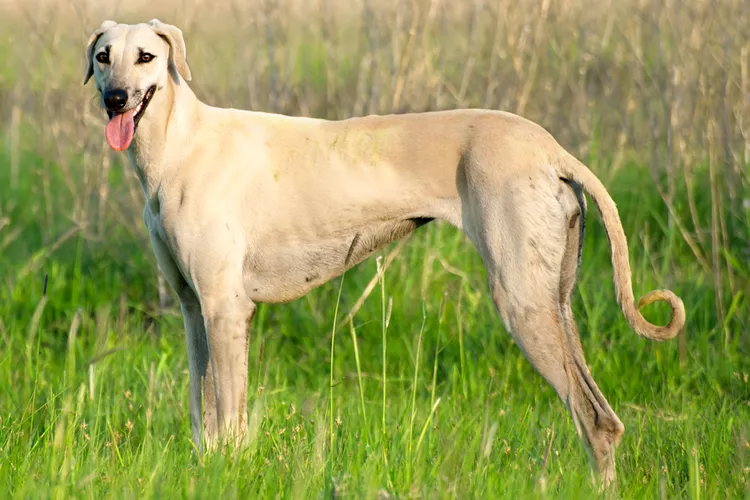
Sloughi: Dog Breed Characteristics & Care
Learn all about the Sloughi, an ancient dog breed known for its impressive running ability, slim stature, and affection toward its family.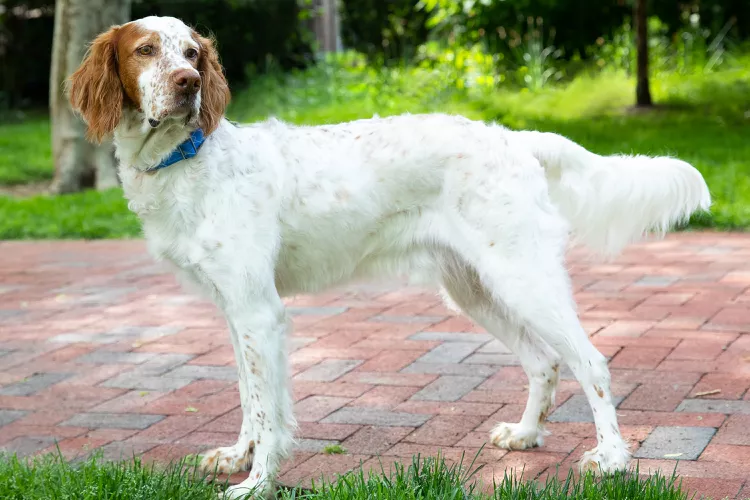
English Setter: Dog Breed Characteristics & Care
Learn about the English setter, an excellent hunting breed for pointing and retrieving game. It's also a popular and affectionate companion dog.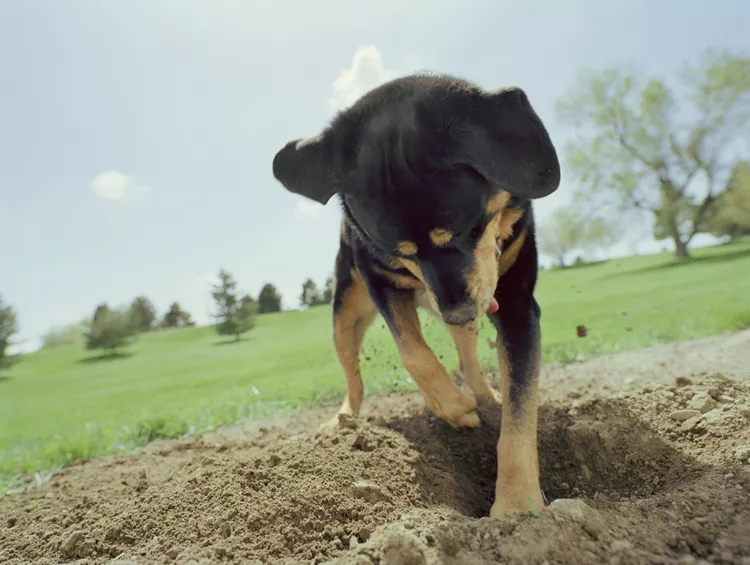
Why Dogs Bury Bones and Other Objects
If you give a dog a bone, he might bury it. Why is that? Learn about this burying behavior in dogs and what it means for your pet.
Reasons Why Dogs Run Away and How to Stop It
Dogs can escape, especially if they’re bored and not properly contained. Here are some techniques for stopping your dog from running away.